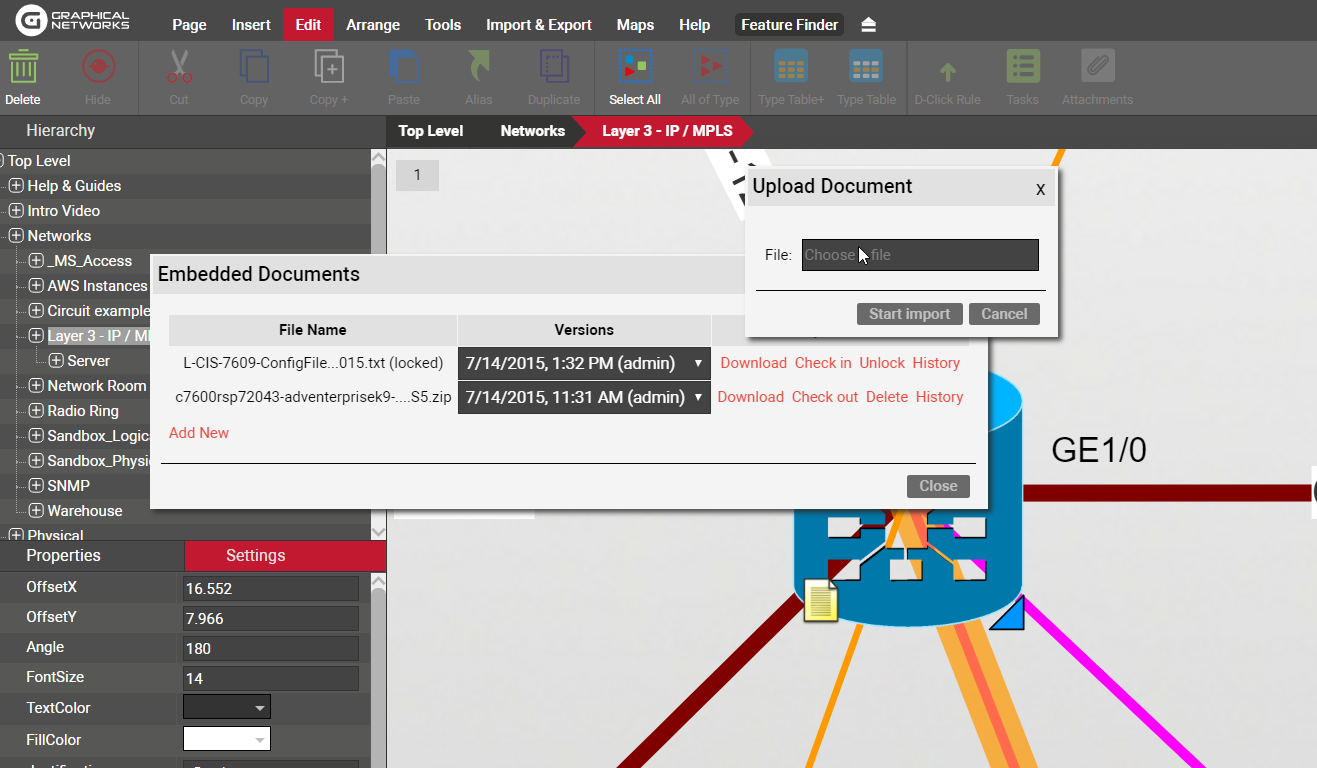
Ever set out to fix a common household problem like a leaky faucet? How much of that time do you spend actually fixing the problem — and how much of the time do you spend trying to figure out what’s wrong, where exactly the leak is coming from, which part you need, and so on. Resolving an issue, whether it’s a leaky faucet or a network outage, usually follows the 80/20 rule: fixing the problem is 20% of the work, identifying the cause of the problem is 80% of the work.
How well does the 80/20 rule work out when you’re trying to meet your Service Level Agreements (SLAs)?
Typical SLAs include metrics such as:
- Percentage of uptime the client can expect
- Help desk response times for certain service issues
- Number of hours of expected downtime.
When you need to minimize downtime and maximize uptime in order to meet your SLAs, spending 80% of the time identifying where an issue is and how to fix it is a problem doesn’t fly. If you take a long time identifying an issue, this can make your organization fall outside your promised SLAs and could result in serious financial penalties as well as unhappy internal or external customers.
It’s a fact: SLAs today are tightening and network issues threaten your ability to fulfill them. Without the right tools, you end up investing a lot of your time trying to figure out where to begin. What can you do? Network diagram and documentation software (such as our documentation and diagram software netTerrain) helps you significantly reduce the 80% of time you’re spending trying to identify what the issue is and how to fix it.
With documentation/diagram software, you can see exactly what’s down, everything that’s connected to it, and what else is impacted. You can see who’s working on what, what has worked in the past…and what hasn’t. Need specific information for next steps? Drill down into a device and grab the license number, the exact vendor phone contact information, check to see if it is under warranty, and more. You have the power to find any information about the network, search by device in seconds, and access up-to-date and detailed network diagrams —- from one centralized solution.
Stop searching through scattered spreadsheets and Visio diagrams (hoping these are up-to-date). Don’t waste any more time because you can’t search all of your data with a single search. Enjoy a centralized repository of your network that your entire network team can access from one place. Easily store and attach any relevant documents. Run an IP toolset query. Prevent data and knowledge loss when employees leave and onboard new employees faster.
Bottomline? A centralized network mapping tool helps your organization to meet your SLA’s you have for your internal and external customers. Network documentation eliminates the guessing game of “what’s on my network and when was the last time these spreadsheets and manual diagrams were updated.”
Run an SNMP network discovery, see how network devices are connected via CDP or LLDP, down to the port level, and see your VLAN information, too. Get status information if a device is online or offline with alerting capabilities. Save hours of work and hassle and meet those SLAs once and for all. If you’d like to try our network diagram software netTerrain for free, click here to get started.

